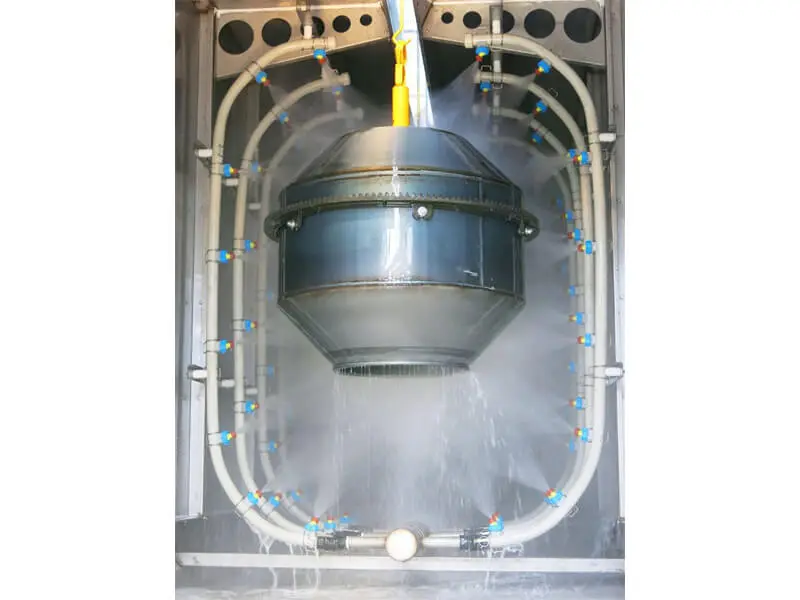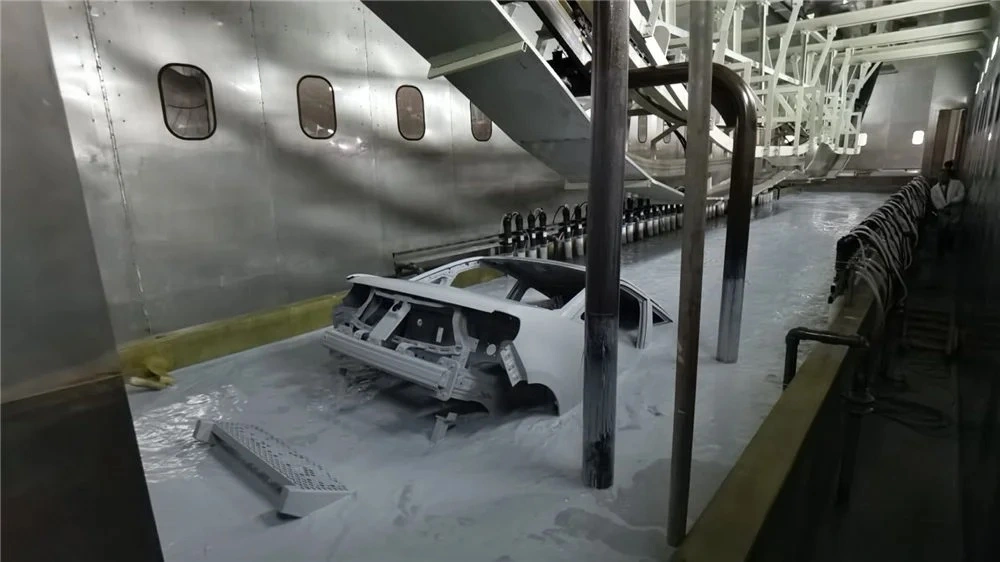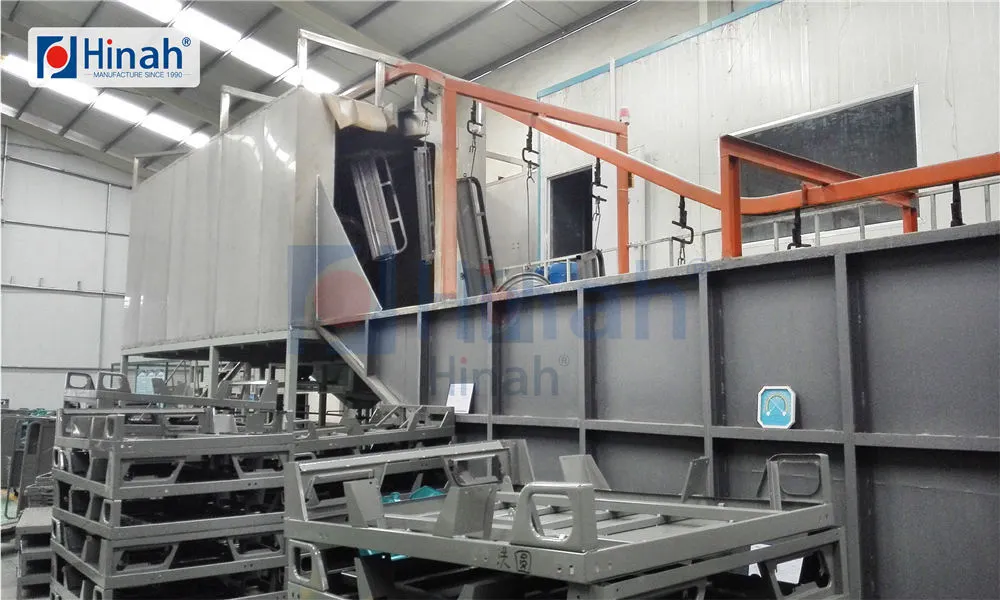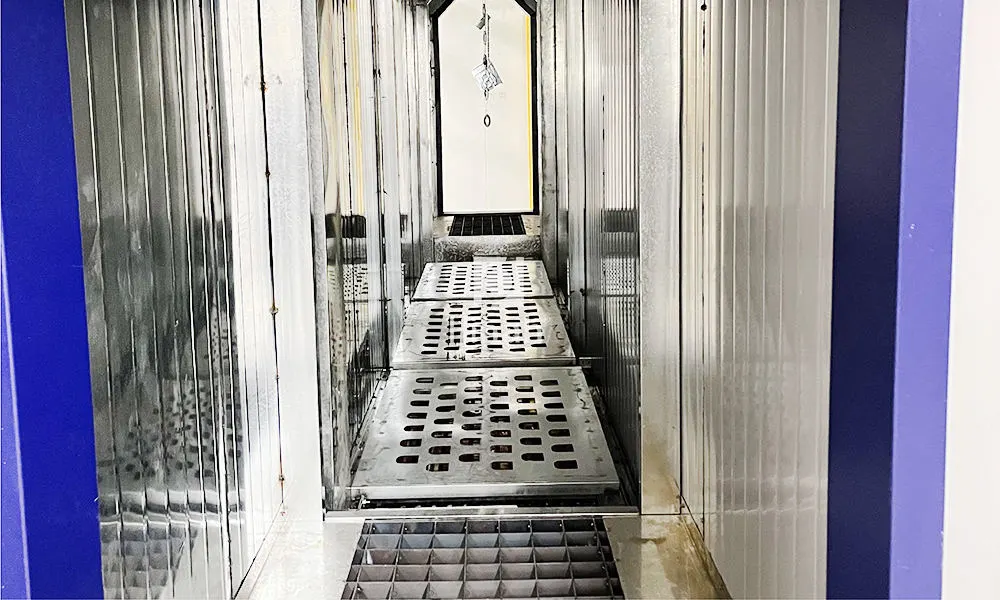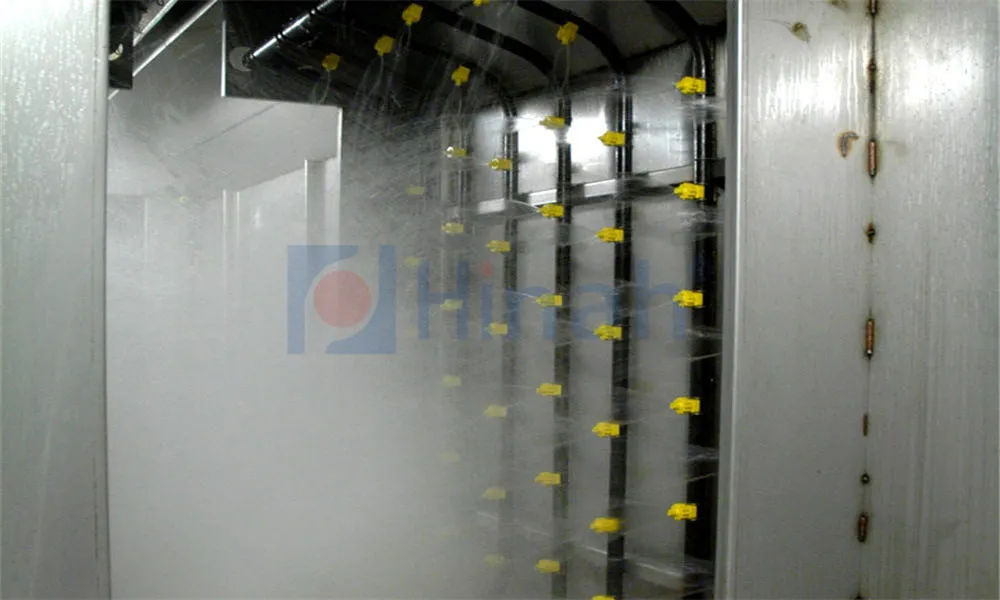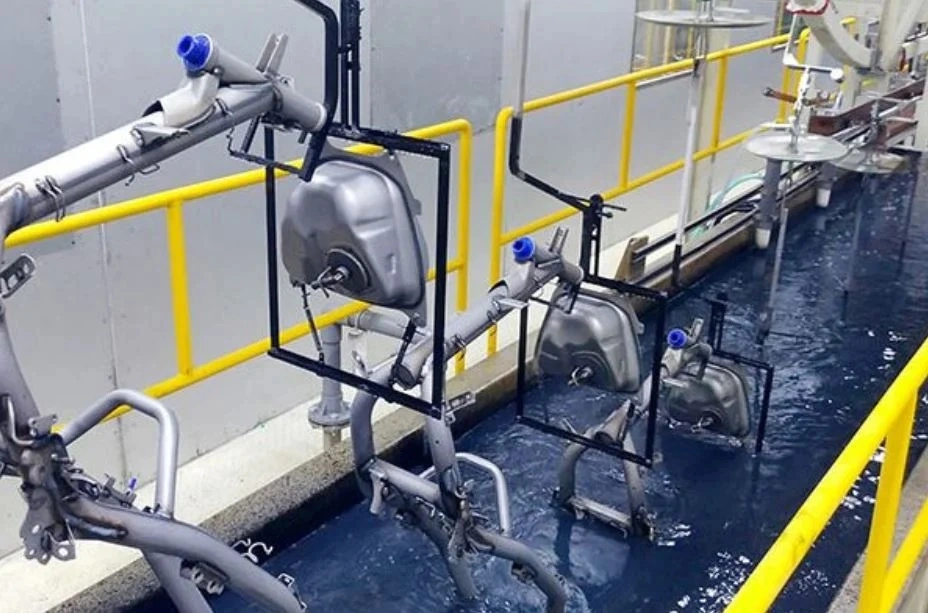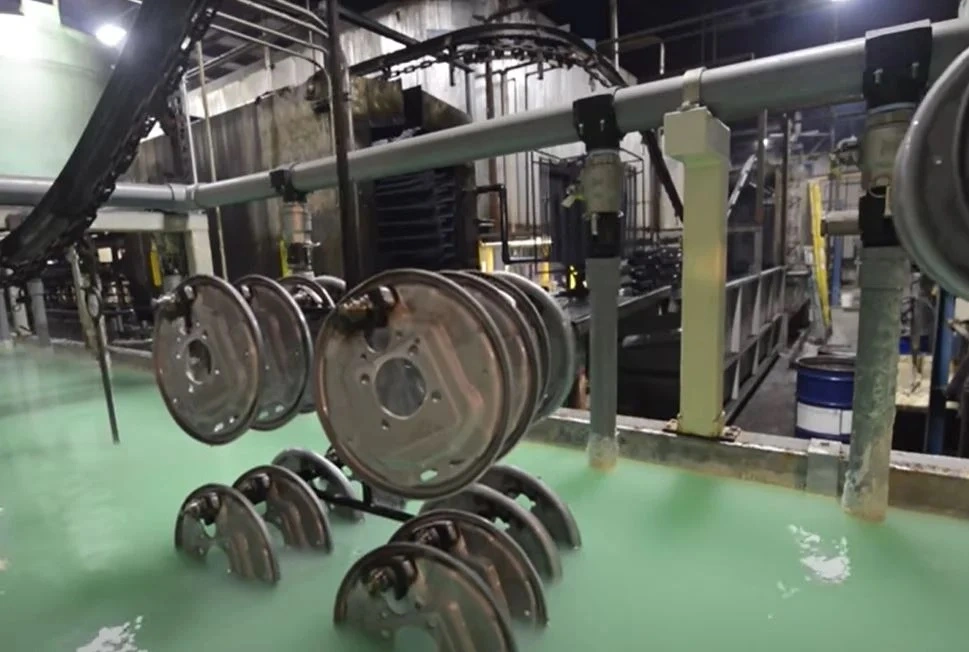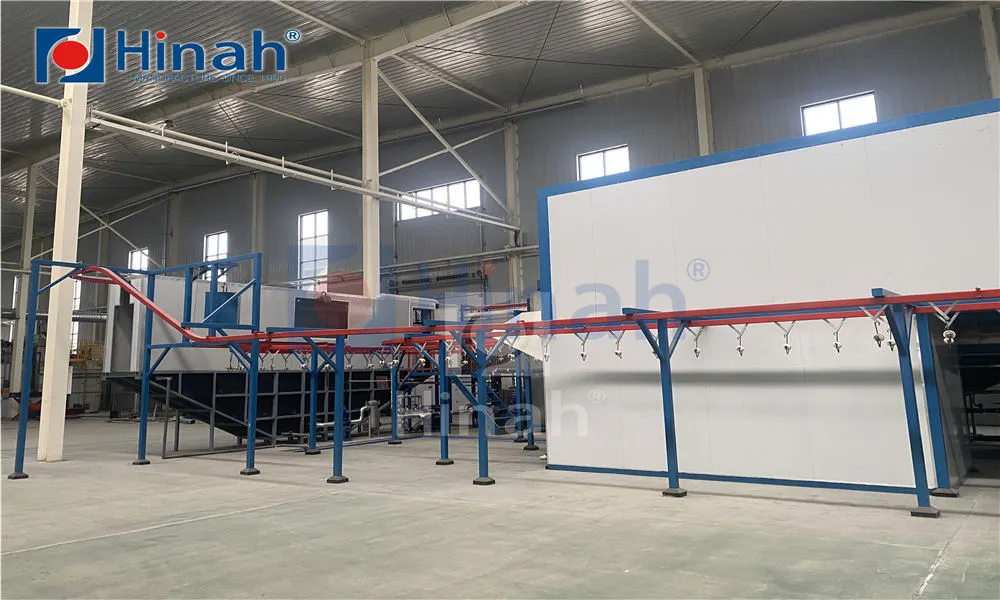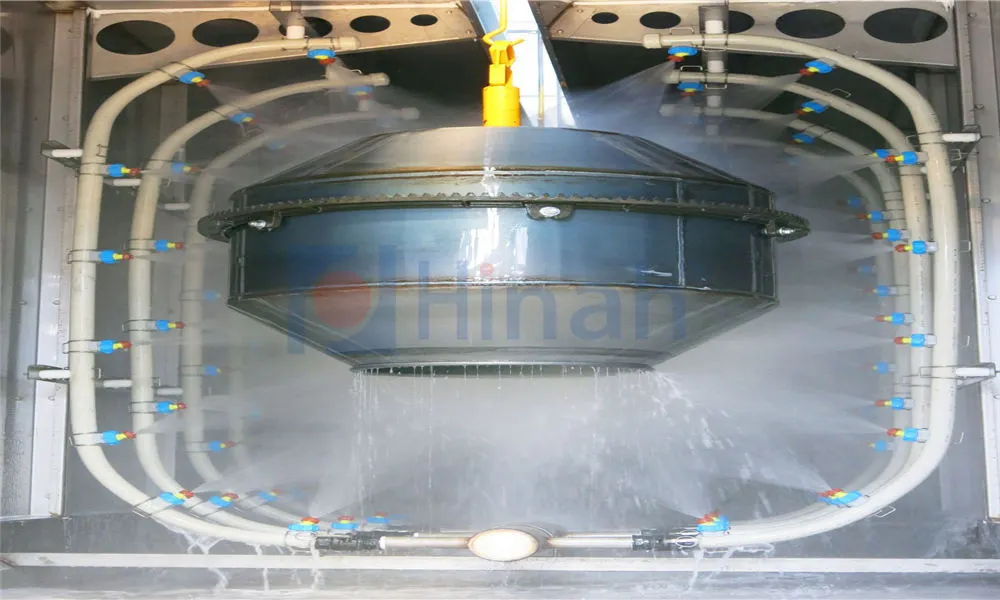In the world of industrial finishing, applying the paint or powder coating is only half the battle. The true magic, where a liquid or powdered layer transforms into a hard, durable, and beautiful surface, happens inside a paint baking oven. This essential piece of equipment is the unsung hero of manufacturing lines for everything from automotive parts and appliances to furniture and architectural aluminum. Understanding how a paint baking oven works, its different types, and its critical role is key to achieving a high-quality, long-lasting product finish. This article delves deep into the technology, explaining its operation, benefits, and how to troubleshoot common issues.
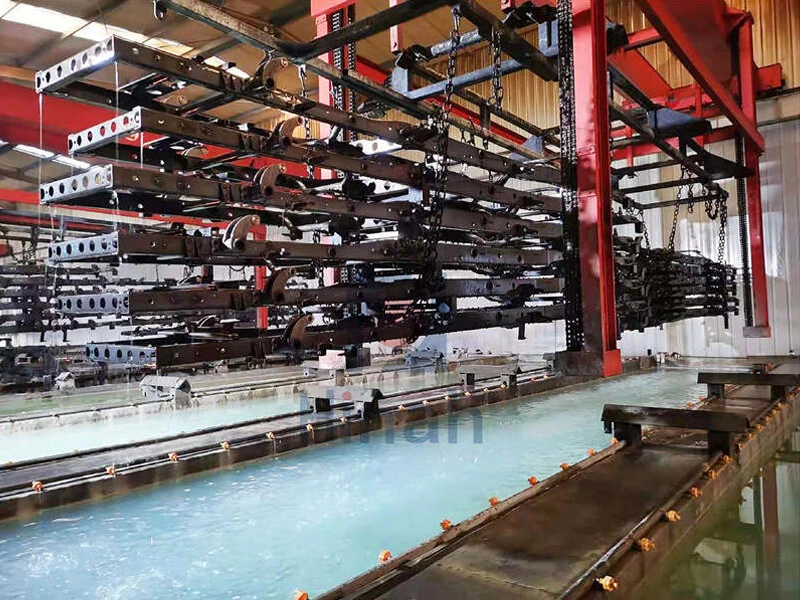
What is a Paint Baking Oven and Why is it Crucial?
A paint baking oven, also known as a curing oven, is a thermally insulated chamber used to raise the temperature of a coated object to a specific point for a predetermined time. This process, called curing or stoving, initiates a chemical reaction within the coating.
For liquid paints, this typically involves evaporating solvents and causing the resins to cross-link, forming a solid film. For powder coatings—a dominant technology in industrial finishing—the heat causes the dry, thermoplastic, or thermoset powder particles to melt, flow together, and then chemically cross-link to form a continuous, durable skin. Without this curing stage, the coating would remain soft, sticky, and easily damaged. The paint baking oven is therefore not optional; it is fundamental to achieving the desired properties of the finish, including:
Adhesion: A properly cured coating bonds securely to the substrate.
Hardness: The surface becomes resistant to scratches and abrasion.
Chemical Resistance: It can withstand exposure to cleaners, fuels, and other chemicals.
Weather Resistance: The finish is protected against UV degradation, moisture, and temperature fluctuations.
The Science Behind the Curing Process: More Than Just Heat
Curing is a precise science. It’s not merely about making the part hot; it’s about ensuring the entire part reaches the correct Metal Temperature (PMT) for the exact amount of time specified by the coating manufacturer. This is often referred to as the "cure schedule."
The process involves three key stages:
Heat-Up: The coated part enters the paint baking oven and begins to absorb heat. The goal is to raise the part's temperature to the required PMT as evenly and efficiently as possible. The rate of heat-up can affect the final appearance, especially with powder coatings, as it influences the flow and leveling of the material.
Soak (or Cure Time): This is the most critical phase. The part is maintained at the target PMT for the duration of the cure schedule. During this soak time, the chemical cross-linking reactions are completed. Undercuring (too little time or temperature) or overcuring (too much time or temperature) can both lead to finish failures.
Cool-Down: After the soak period, the part exits the oven and is allowed to cool gradually. Rapid cooling can sometimes cause thermal shock, leading to issues like brittleness or poor adhesion.
Different Types of Paint Baking Ovens and Their Applications
Not all paint baking oven designs are the same. The choice of oven depends on factors like production volume, part size and shape, energy source, and the specific coating being used. The main types are:
Convection Ovens
This is the most common type of industrial paint baking oven. Heated air is circulated around the parts using fans and baffles, ensuring uniform temperature distribution. They are highly effective for complex geometries with nooks and crannies, as the hot air can reach all surfaces. They can be fueled by natural gas, electricity, or oil.
Infrared (IR) Ovens
IR ovens use electromagnetic radiation to transfer heat directly to the part and the coating, much like the sun warms your skin. They are extremely fast at heating the surface but can struggle with complex shapes, as shadows can cause uneven curing. They are often used in combination with convection ovens for a fast heat-up followed by a convection soak.
Combination Ovens
These ovens hybridize IR and convection technologies. Typically, an IR section is used at the entrance to rapidly bring the coating up to melt-and-flow temperature, followed by a convection section to maintain the soak temperature evenly throughout the part. This offers the speed of IR with the uniformity of convection.
Batch Ovens vs. Conveyorized Ovens
Batch Ovens are essentially large, room-sized boxes where racks of parts are loaded, cured, and unloaded. They are ideal for low-volume production, large or heavy items, or job-shop environments with a wide variety of parts.
Conveyorized Ovens are part of an automated finishing line. Parts are conveyed through the oven on a monorail, conveyor belt, or overhead chain. This is the standard for high-volume manufacturing, providing a continuous, consistent curing process.
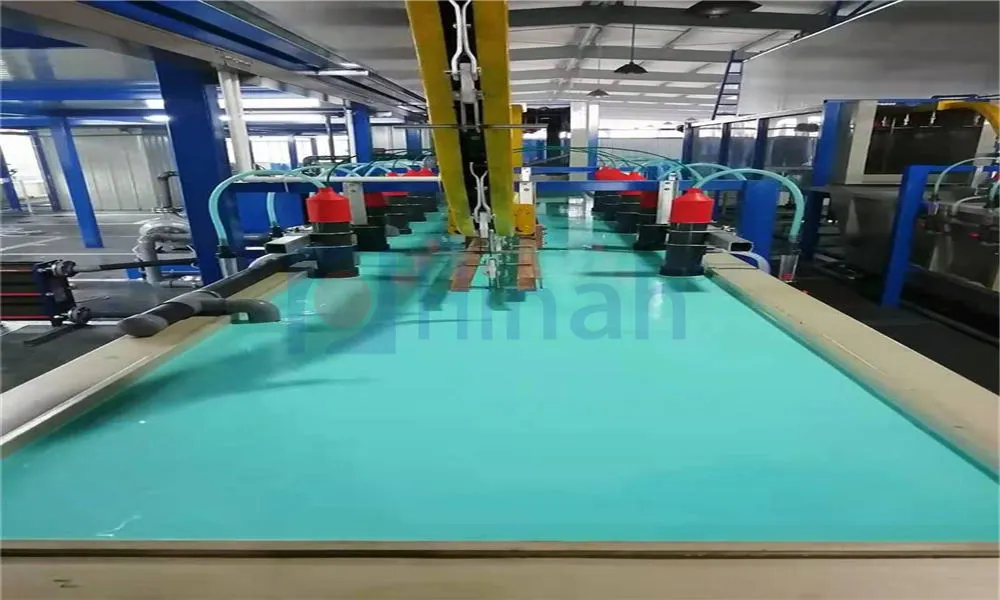
Key Components of an Efficient Paint Baking Oven System
A well-designed paint baking oven is more than just a heated box. Its efficiency and effectiveness rely on several integrated components:
Insulation: High-quality insulation (often mineral wool or fiberglass) in the walls, ceiling, and floor is crucial for retaining heat, reducing energy costs, and maintaining a safe external temperature.
Air Circulation System: Powerful fans and strategically placed baffles ensure a consistent temperature throughout the entire oven cavity, preventing hot or cold spots that lead to uneven curing.
Heat Source/Burner: The system that generates the heat must be reliable, efficient, and capable of precise temperature control.
Exhaust System: A small percentage of the oven air is continuously exhausted to remove volatiles (from liquid paints) and prevent a buildup of fumes, which can be a fire hazard or affect the finish quality.
Control System: Modern ovens are managed by programmable logic controllers (PLCs) and touch-screen interfaces. They allow operators to set and monitor temperature profiles, conveyor speed, and safety parameters with high precision.
Common Problems and Troubleshooting in Paint Baking Oven Operations
Even with the best equipment, issues can arise. Recognizing the symptoms and their root causes is essential for maintaining quality.
1: Orange Peel
Symptom: The finished surface has a texture resembling the skin of an orange, lacking smoothness.
Possible Causes: This is often a flow issue. The coating may not have been given enough time or heat to level properly. Incorrect film thickness, poor powder formulation, or contamination can also be culprits.
Solution: Verify the part is reaching the correct PMT for the full duration. Check the oven temperature uniformity. Ensure the coating is applied within the recommended thickness range.
Problem 2: Under-curing
Symptom: The coating is soft, tacky, and has poor adhesion and hardness. It may fail simple tests like the acetone rub test.
Possible Causes: The oven temperature is too low, the conveyor speed is too fast (reducing soak time), or the oven's air circulation is poor, creating cold spots.
Solution: Calibrate oven thermostats and sensors. Use a temperature tracking device to verify the actual time-temperature profile the part experiences. Adjust conveyor speed or oven temperature settings accordingly.
Problem 3: Over-curing
Symptom: The coating becomes brittle, discolored (yellowing), or develops a hazy appearance. It may also have poor impact resistance.
Possible Causes: The parts are spending too much time in the paint baking oven or the temperature is set too high.
Solution: Again, verify the actual cure profile with a tracker. Reduce oven temperature or increase line speed. Ensure parts are not being left in batch ovens longer than necessary.
Problem 4: Contamination (Dirt, Inclusions)
Symptom: Small bumps, pits, or foreign particles embedded in the finished surface.
Possible Causes: While often related to the pre-treatment or spray booth environment, the oven itself can be a source. Contaminants can flake off the oven walls or ductwork due to poor maintenance or be introduced through a dirty make-up air supply.
Solution: Implement a regular oven cleaning schedule. Check and replace air intake filters regularly.
Problem 5: Poor Adhesion
Symptom: The coating chips or peels away from the substrate easily.
Possible Causes: While inadequate surface preparation is the most common cause, improper curing can also be a factor. Under-curing is a typical reason. Contamination on the substrate before coating will also lead to adhesion failure, even with perfect curing.
Solution: Rule out pre-treatment issues first. Then, confirm the curing profile is correct and that the oven is providing even, consistent heat.
The paint baking oven is a critical determinant of final product quality in industrial coating processes. Moving beyond the simplistic view of it as just a heat source to understanding it as a precision instrument for driving chemical reactions is key to optimizing a finishing line. By selecting the right type of oven, maintaining its components diligently, and systematically troubleshooting common problems, manufacturers can ensure that every part that emerges has a finish that is not only visually appealing but also exceptionally durable and functional. In the competitive landscape of manufacturing, the reliability of your paint baking oven directly impacts your reputation for quality.


